Om Mani Padme Hum
- Posted on
- 0 comments
- by renee
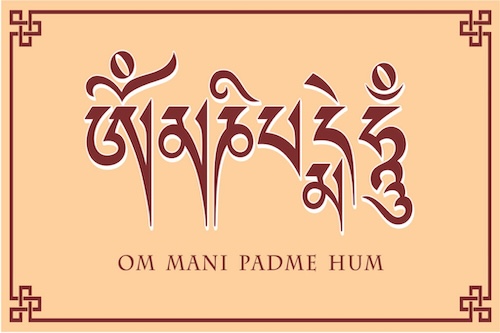
In a world where stress, anxiety, and the fast pace of modern living often dominate our lives, ancient wisdom offers us a path to healing, peace, and clarity. Among these ancient teachings, one of the most revered and transformative practices is the use of the sacred mantra Om Mani Padme Hum. Rooted in Tibetan Buddhism, this six-syllable mantra holds profound spiritual significance and offers healing power that resonates deeply in both heart and mind. Whether chanted during meditation, worn as spiritual jewelry, or integrated into daily rituals, Om Mani Padme Hum serves as a timeless bridge connecting compassion, wisdom, and inner peace.
To fully appreciate the power of Om Mani Padme Hum, it’s important to understand its deep meaning and spiritual significance. This mantra, often referred to as “The Jewel in the Lotus,” embodies both the essence of compassion and the wisdom of the Buddha.
“Reciting Om Mani Padme Hum purifies not only your own negative karma but also that of other beings. It plants the seed of compassion in your heart, leading you to enlightenment.”
Lama Zopa Rinpoche
Understanding the Meaning of Om Mani Padme Hum
Each of the six syllables—Om Ma Ni Pad Me Hum—carries its own unique energy and meaning, collectively guiding practitioners toward enlightenment:
• Om: The universal sound, symbolizing the body, speech, and mind of the Buddha, and representing the pure and holy state that we all seek to attain.
• Ma: Refers to the practice of ethics, inviting practitioners to live a life of moral integrity.
• Ni: Represents patience, calling for the purification of passion, desire, and attachment.
• Pad: Promotes diligence, encouraging practitioners to apply focused effort in their spiritual path.
• Me: Embodies concentration, fostering a clear and stable mind.
• Hum: Signifies wisdom, the ultimate understanding of the true nature of reality and existence.
Together, these syllables act as a powerful guide for anyone on a spiritual journey, helping to purify both mind and body, release negative emotions, and elevate consciousness.
Om Mani Padme Hum is intimately connected to Avalokiteshvara, the Bodhisattva of Compassion. As the embodiment of mercy and compassion, Avalokiteshvara plays a central role in Tibetan Buddhism. Chanting this mantra is said to invoke his blessings, promoting not only personal spiritual growth but also a collective sense of peace, love, and kindness for all beings.
Chanting or meditating on this mantra helps individuals align with the energy of Avalokiteshvara, encouraging them to embrace compassion, love, and wisdom in their own lives and interactions with others.
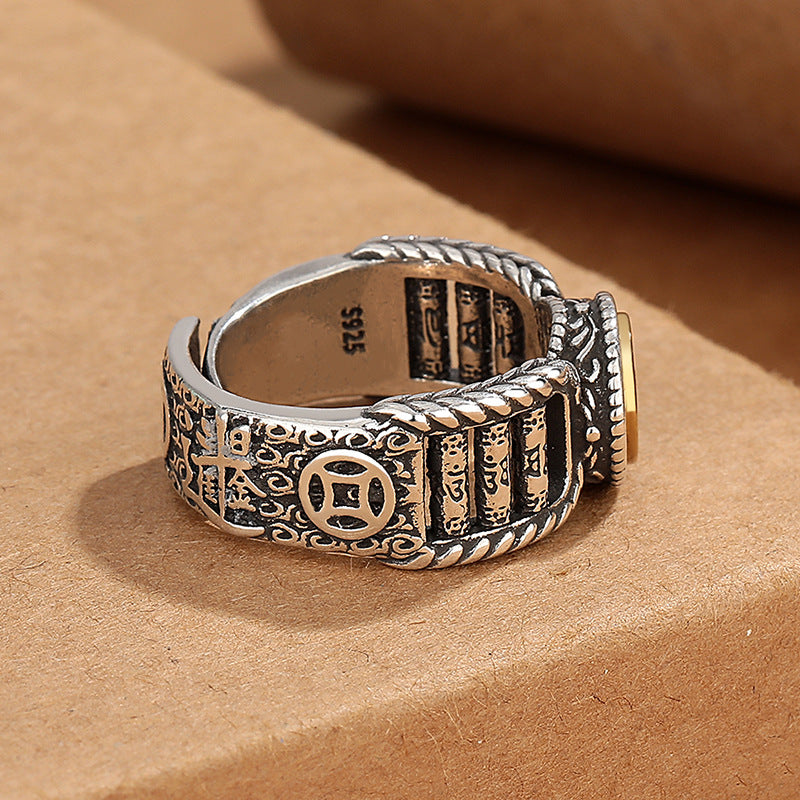
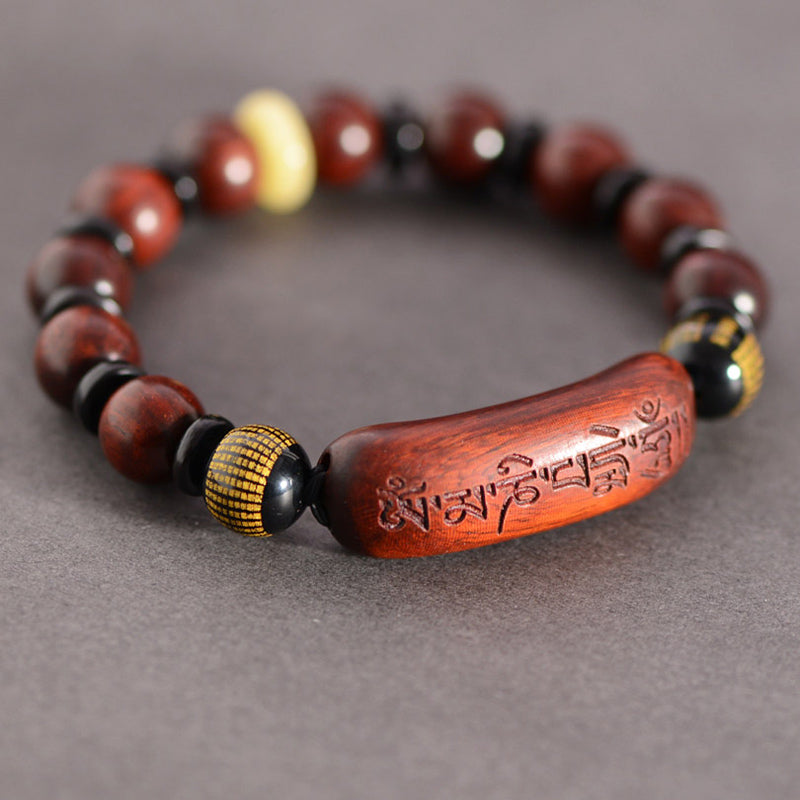
The Healing Properties of Om Mani Padme Hum
The healing power of Om Mani Padme Hum goes beyond its spiritual meaning. The vibrational frequency of the mantra and the mindfulness it promotes bring both emotional and physical healing to practitioners. Whether you’re facing mental distress or simply seeking inner peace, chanting this mantra can transform your state of mind and body.

The Mind-Body Connection
Modern science supports the ancient belief in the healing power of sound. Chanting Om Mani Padme Hum slows the breath, calms the nervous system, and helps to clear the mind. This mantra can be used as a tool to achieve mindfulness and greater emotional stability.
The mindfulness fostered by chanting this mantra creates space for healing, helping to dissolve negative emotions like anger, jealousy, and fear. It enhances self-awareness, allowing practitioners to observe their thoughts and feelings without judgment, which is essential for emotional healing and well-being.
By regularly chanting the mantra, practitioners can heal emotional scars, cultivate self-love, and develop greater empathy and kindness toward others, creating a ripple effect of compassion and healing in their relationships and communities.
Cultivating Compassion Through Om Mani Padme Hum
Connection to Avalokiteshvara: The Bodhisattva of Compassion
The heart of Om Mani Padme Hum lies in its ability to cultivate compassion. In today’s world, where selfishness and isolation often prevail, compassion serves as a counterbalance that promotes kindness, empathy, and human connection.
Avalokiteshvara, also known as the Chenrezig in Tibetan Buddhism, embodies the ultimate expression of compassion. The mantra Om Mani Padme Hum is chanted to invoke his energy and blessings, helping practitioners to embody the compassion and love that Avalokiteshvara represents.
By calling upon Avalokiteshvara through this mantra, individuals are reminded of the importance of compassion in their daily lives. It encourages them to act with kindness, forgive others, and offer unconditional love to those in need.
Chanting for the Well-Being of Others
One of the most transformative practices associated with Om Mani Padme Hum is the act of chanting for others. Rather than focusing solely on one’s personal gain or desires, this practice involves dedicating the mantra’s energy to the well-being of others, whether family members, friends, or even strangers.
When practitioners chant for the benefit of others, they deepen their sense of compassion and empathy, and in turn, their own hearts open. The mantra becomes a tool not just for personal transformation, but for contributing to a more compassionate world.
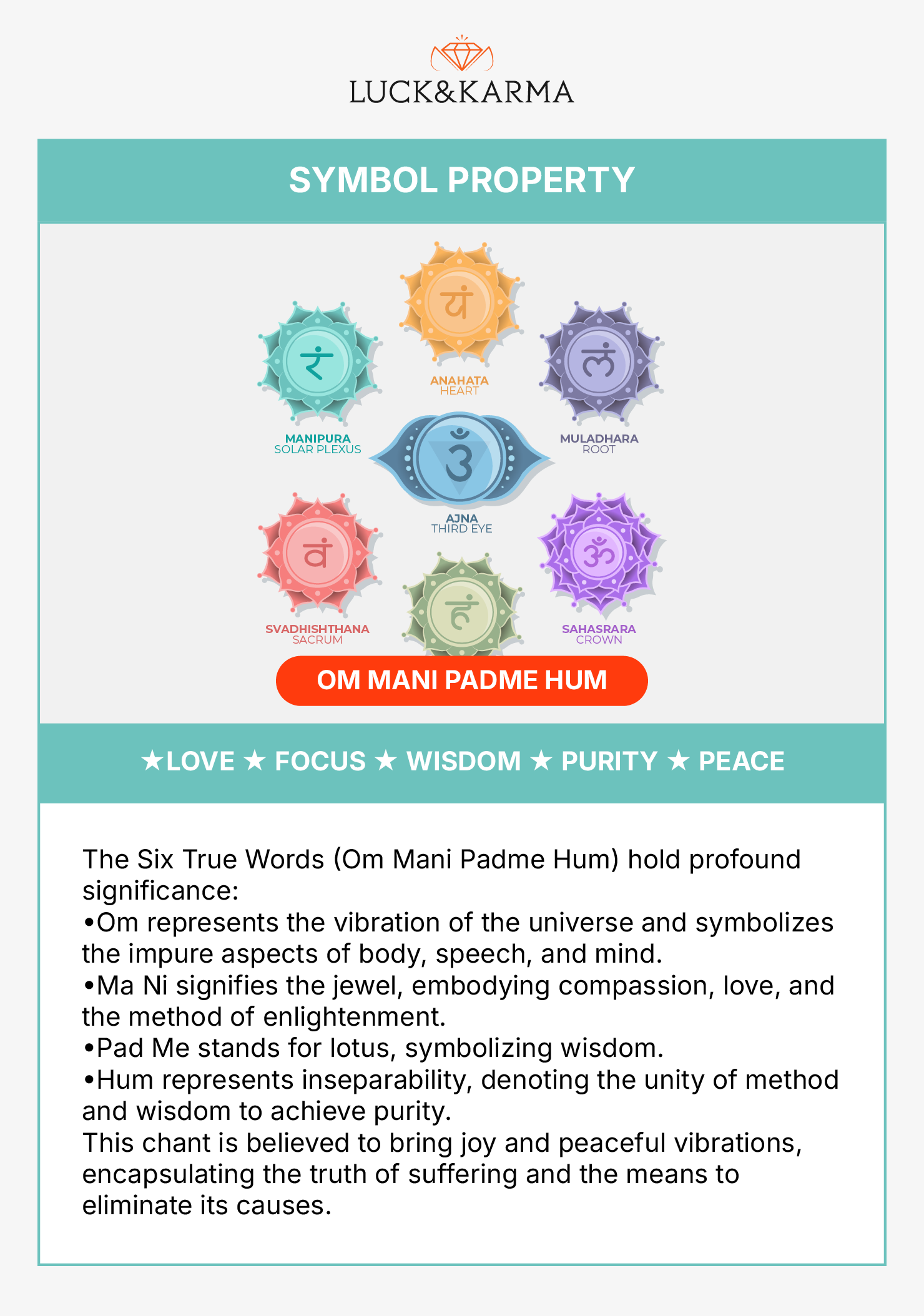
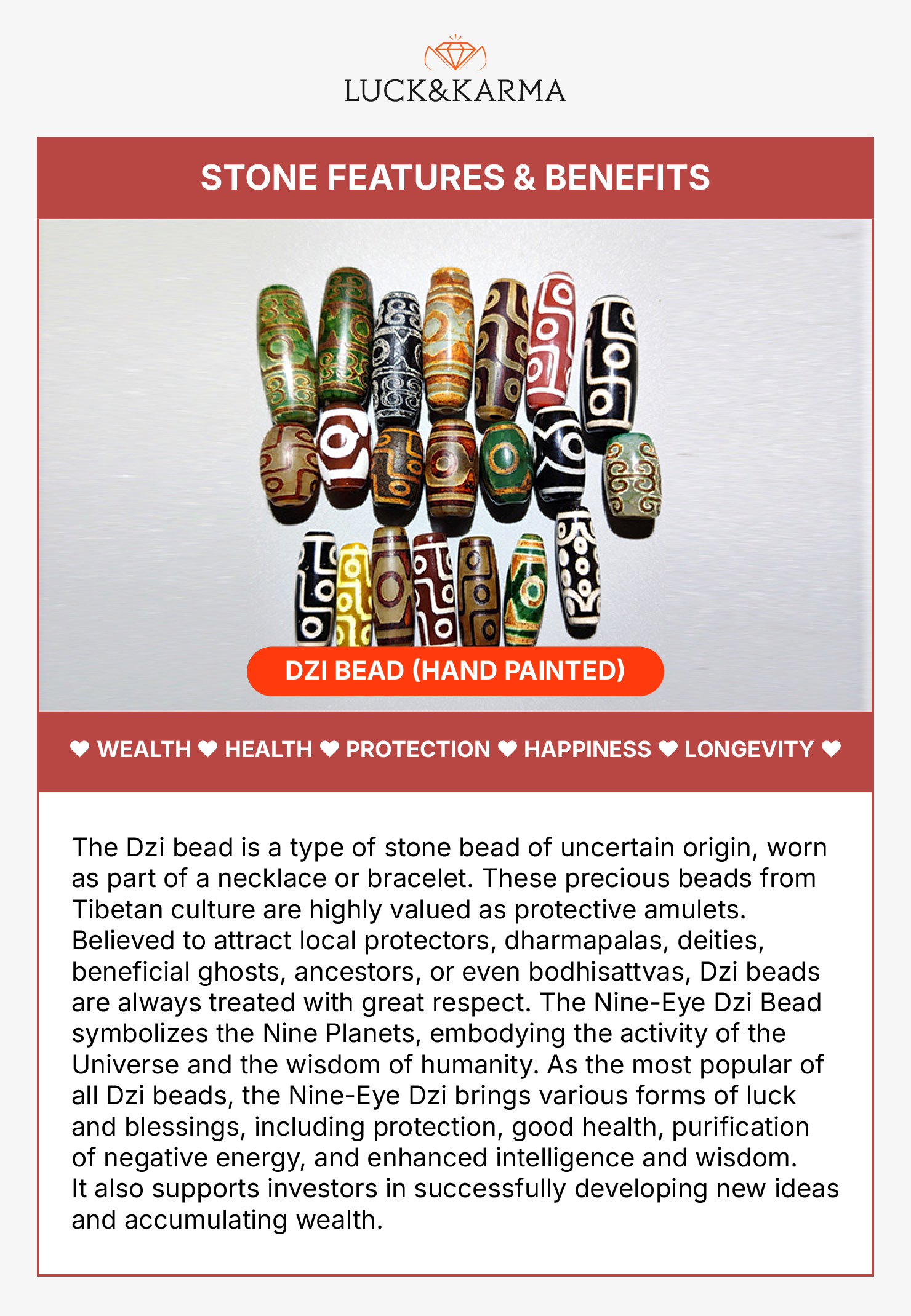
Accessing Deep Wisdom with Om Mani Padme Hum
One of the most transformative practices associated with Om Mani Padme Hum is the act of chanting for others. Rather than focusing solely on one’s personal gain or desires, this practice involves dedicating the mantra’s energy to the well-being of others, whether family members, friends, or even strangers.
When practitioners chant for the benefit of others, they deepen their sense of compassion and empathy, and in turn, their own hearts open. The mantra becomes a tool not just for personal transformation, but for contributing to a more compassionate world.
Chanting Om Mani Padme Hum not only connects us to higher spiritual wisdom but also helps us access our own inner wisdom. The mindfulness fostered by this practice allows for deep introspection, giving practitioners the clarity they need to make wise choices in their daily lives.
By repeating the mantra during times of difficulty, individuals can find meaning in their suffering and use it as a stepping stone toward greater wisdom and self-awareness. The mantra becomes a tool for overcoming obstacles and finding peace even in the midst of hardship.
Incorporating Om Mani Padme Hum into Your Healing Practice
While chanting Om Mani Padme Hum is a powerful practice on its own, there are many ways to incorporate the mantra into your daily life to enhance its healing power.
Daily Chanting Meditation
One of the simplest yet most effective ways to use the mantra is through daily chanting meditation. Set aside time each day—whether in the morning, before bed, or during a break at work—to sit quietly and repeat the mantra. Aim for 108 repetitions, using mala beads to help keep count.
As you chant, focus on the meaning of the words and the energy they invoke. Allow the sound to resonate within your body and mind, bringing peace and clarity.
Wearing Om Mani Padme Hum Jewelry
Another way to incorporate the mantra into your daily life is by wearing Om Mani Padme Hum jewelry, such as bracelets or necklaces. This serves as a constant reminder to stay connected to the energy of compassion and wisdom throughout the day.
The physical presence of the mantra close to your body can enhance its spiritual power, helping to protect you from negative energies and keep you grounded in compassion.
Creating Sacred Spaces for Healing
Creating a sacred space at home dedicated to the mantra can help to amplify its healing energy. Set up an altar with symbols of Avalok
iteshvara, incense, and other spiritual objects. Chant Om Mani Padme Hum in this space daily, allowing the vibrations of the mantra to fill the room and create a peaceful, healing environment.
By setting aside a dedicated space for this practice, you can cultivate a deeper connection to the mantra’s energy and make it a consistent part of your spiritual routine.
Mantra Visualization
Another powerful method of working with Om Mani Padme Hum is through visualization. As you chant the mantra, imagine each syllable glowing with radiant light, cleansing and healing your body, mind, and soul. Visualize this light spreading outward to encompass all beings, radiating love and compassion.
Visualization deepens the effects of the mantra, allowing you to connect not only with its sound but also its symbolic energy.
Modern Applications of Om Mani Padme Hum: Healing in Today’s World
While Om Mani Padme Hum is an ancient practice, its relevance is perhaps more vital today than ever before. In our fast-paced, technology-driven world, where stress and anxiety have become commonplace, the healing power of this mantra offers a much-needed antidote.
Stress Relief and Emotional Healing
In today’s society, many people suffer from stress, anxiety, and burnout. Chanting Om Mani Padme Hum is a simple, effective way to calm the nervous system, release tension, and promote mental clarity. The mantra’s vibration harmonizes with the body’s natural frequencies, helping to reduce the physical and emotional effects of stress.
When used as a daily practice, the mantra provides emotional healing, helping to dissipate negative feelings such as anger, jealousy, and fear, replacing them with love and compassion. This can lead to improved relationships, increased self-love, and a more positive outlook on life.
Mindfulness and Compassion in the Workplace
The wisdom and compassion cultivated by Om Mani Padme Hum can be applied beyond personal meditation practices and integrated into the modern workplace. With the rise of mindfulness and meditation as tools for productivity and stress relief, chanting this mantra can help employees stay grounded and centered amidst demanding work environments.
For leaders and teams, practicing mindfulness and compassion can create a more harmonious workplace culture, leading to better collaboration, increased empathy, and improved well-being. Chanting the mantra or silently repeating it during moments of stress can serve as a simple yet effective tool for bringing clarity and calm to challenging situations.
Enhancing Personal Relationships
In the context of personal relationships, Om Mani Padme Hum can be used to cultivate compassion and empathy. By chanting this mantra, individuals learn to approach their loved ones with greater kindness, patience, and understanding. The mantra fosters forgiveness and helps to dissolve resentment, allowing for deeper, more meaningful connections.
Global Healing and Collective Compassion
The mantra’s healing power isn’t limited to individual well-being—it can also be a force for global healing. Chanting Om Mani Padme Hum with the intention of spreading love and compassion to the world creates a ripple effect, influencing not only the practitioner but also the collective consciousness.
In a world that is often divided by conflict and suffering, Om Mani Padme Hum serves as a powerful tool for promoting peace, unity, and compassion on a global scale.
Conclusion: Embracing the Healing Power of Om Mani Padme Hum
Om Mani Padme Hum is more than just a mantra; it is a timeless source of healing, compassion, and wisdom that transcends cultures and generations. Whether used in meditation, worn as spiritual jewelry, or integrated into daily mindfulness practices, this sacred mantra offers profound benefits for the mind, body, and soul.
By embracing Om Mani Padme Hum, individuals can tap into the deep well of compassion and wisdom that exists within themselves and all beings. In a modern world that often feels disconnected and chaotic, this mantra serves as a beacon of light, guiding us toward inner peace, emotional healing, and a more compassionate way of living.
Through the simple yet powerful act of chanting Om Mani Padme Hum, we connect not only with ancient wisdom but also with our highest selves—bringing healing, love, and clarity into our lives and the world around us.

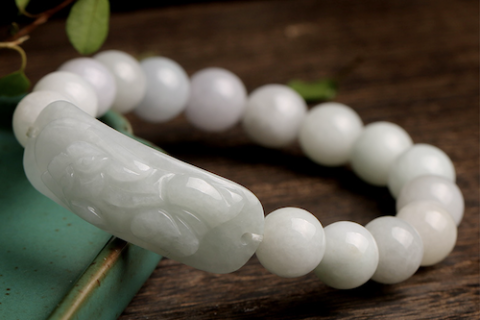



Contrary to popular belief, Lorem Ipsum is not simply random text. It has roots in a piece of classical Latin literature from 45 BC, making it over 2000 years old.
The principal alcohol in Purell hand sanitizer (to take the most talked-about brand) is 70% ethanol (ethyl alcohol), with a smaller amount of isopropyl alcohol.
However rare side effects observed among children can be metabolic acidosis, coma, respiratory depression, and hypoglycemia-
I found a 2007 study on effects of hand sanitizers on blood alcohol level in adults. The 12 subjects applied 4 mL of hand sanitizer for 30 seconds per application, 20 applications over a 30 min period (total exposure time 10 min).